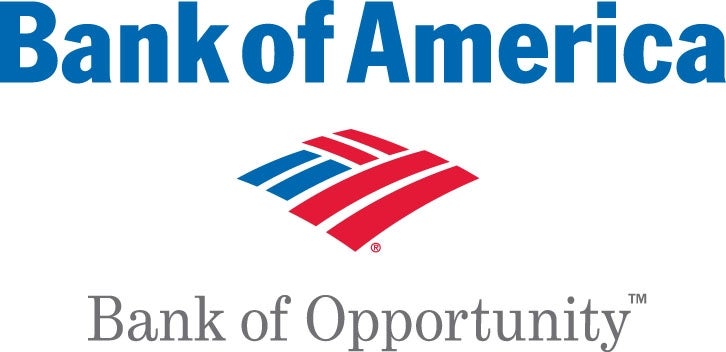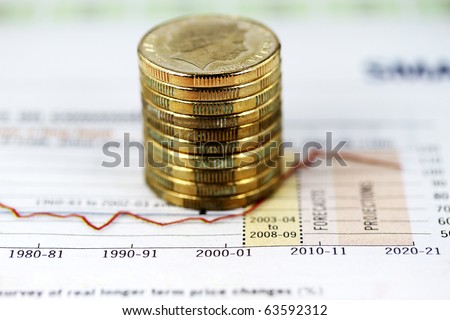Bay Area real estate market bolstered by investments from China
Bay Area real estate market bolstered by investments from China
Feb. 15th, 2013
By Pete Carey
The Bay Area's housing market is playing host to a growing numbers of foreigners -- many from China -- who are looking for a future home, a good investment or a safe place to park their money.
Wei Luo, an electrical engineer-turned-contractor and real estate investor, said he has helped at least 10 friends from China buy about 15 homes and condominiums in the Bay Area starting in 2009, and they're clamoring for more.
"All my friends, they say this price is so low," said Luo, who operates a construction company in Fremont. "Some of my college classmates went back to China, started a business and now they come back and invest. Some buy and just leave it. They don't even want to rent them out."
Their appetite for Bay Area real estate rises from a mixture of politics and a growing global market in real estate, according to professionals.
China's housing prices appear to have peaked, encouraging some people to sell and look for other investments. Chinese buying power has never been stronger, thanks to the country's booming economy, but there's widespread political unease as a new government is formed. Also, land is leased from the government in China, not owned like it is in the United States.
All of that, plus the fact that U.S. real estate prices are just climbing off the bottom after a historic crash, makes the Bay Area property market attractive to Chinese investors.
"I tell all my friends, 'You got money? Buy, buy, buy,'"
While it's difficult to track the exact number of foreign buyers of Bay Area real estate, investors accounted for around a quarter of all Bay Area sales in November, about double the average going back to 1988, according to the real estate information company And real estate agents say that in some areas, one in five people making offers is either in China or buying for relatives or investors in other countries.
With its large Asian-American population, good
schools and good weather, the Bay Area is a prime shopping area for Chinese eager to buy property abroad. And that's helping to push up prices here.
"The foreign investors are bringing the competition to another level," said Amy Sung of DeLeon Realty in Palo Alto, which offers a Chinese translation on the home page of its website.
"We have people who are already here who have come here to study and then they stay," Sung said. "And then we have people in the new rich, who come here with a visitor's visa or investor's visa. And there are the really high-end buyers who come here for a weekend, identify properties and then go home."
Thirty to 40 percent of all the offers are cash, Sung said. "They're buying investment properties, pretty much everything that comes to the market."
All that investor buying is helping push prices up. Absentee buyers -- mostly investors -- paid a median price of $309,000, up 22 percent from a year ago, according to The median price for cash deals, which typically are done by investors, was $320,000, up 27 percent from a year earlier.
David Lo, a Bay Area real estate agent, is helping friends and family in Asia buy property in Mountain House and other towns in the Central Valley.
"I've always stayed connected with friends and families in Asia. So when they heard about my real estate investment portfolio they became interested in pooling in with me," he said in an email from Taipei, where he was on business. "Location-wise, the Bay Area is ideal for Chinese nationals."
The appetite for a piece of the Bay Area is "definitely increasing," Lo said, "especially among wealthy Chinese families with young children seeking a better way of life and education in the U.S. In their eyes, America is still the promised land of opportunity, political freedom, and securer financial future."
The San Jose metro area is the top seller's market in the country, according to a ranking by Zillow of such factors as days on the market and prices near or above asking price.
"But much of that strength is driven by investor interest," Zillow chief economist Stan Humphries said in a recent report. The increased demand helps drive up prices, "particularly for less-expensive homes in these markets," he said.
Even high-cost places such as Cupertino are seeing prices rise.
"China is a growing economy and one of few countries that is still not busted by the bubble," said Gilbert Wong, vice mayor of Cupertino, which is the first choice for many Chinese buyers. "They see places like the United States and Canada as good, safe places to put their money in. It's good for us because we're coming out of a recession and we need the influx of money coming in."
Kevin Kieffer of Keller Williams in Danville said investors are targeting homes priced at $300,000 and less in Concord, Pleasant Hill and Martinez -- all good areas for rental housing.
"About 30 percent of offers coming in are from Chinese buyers, and for cash," Kieffer said. "Rarely is there a Chinese-financed offer that's not cash."
He said one client is looking for a home armed with $425,000 in cash wired to him by his mother in India.
"That's happening quite a bit, that money for a deal will come from many sources -- parents or relatives abroad, or whatever it happens to be," said Barbara Lymberis, president of the Santa Clara County Association of Realtors. "The seller and buyer could be domestic, but the money is global. Funds can be banked anywhere in the world and utilized anywhere in the world."
Jennifer Tasto, a broker at Property Services in Burlingame, said she has done $5 million in cash transactions in the past 12 months with Chinese buyers, becoming an expert in global money transfers along the way. One client is buying a home for her children even though they're still in elementary school. Tasto said she lost one bidding war for a Palo Alto home even though her client offered $390,000 over asking price.
She said one of her clients explained that his aim is to hold a piece of real property in a country where there is solid law and protection for property rights.
"I'm finding that in a lot of Asian countries, not just China, people cannot own land," Tasto said. "They are buying a land lease. Here, when you buy real estate, you buy the dirt."
With fewer homes on the market than normal, the competition from investors paying cash continues to squeeze out first-time buyers. But it helps boost prices, which in the long run should persuade more would-be sellers to list their homes.
Machinist Jason Poling said it took him and his wife from June to November, and 16 failed bids, before he finally got lucky on his 17th offer and snagged a $325,000 home in San Ramon. The competition was fierce with as many as 14 offers on some houses, he said. About half the bidders were investors, he said.
">





